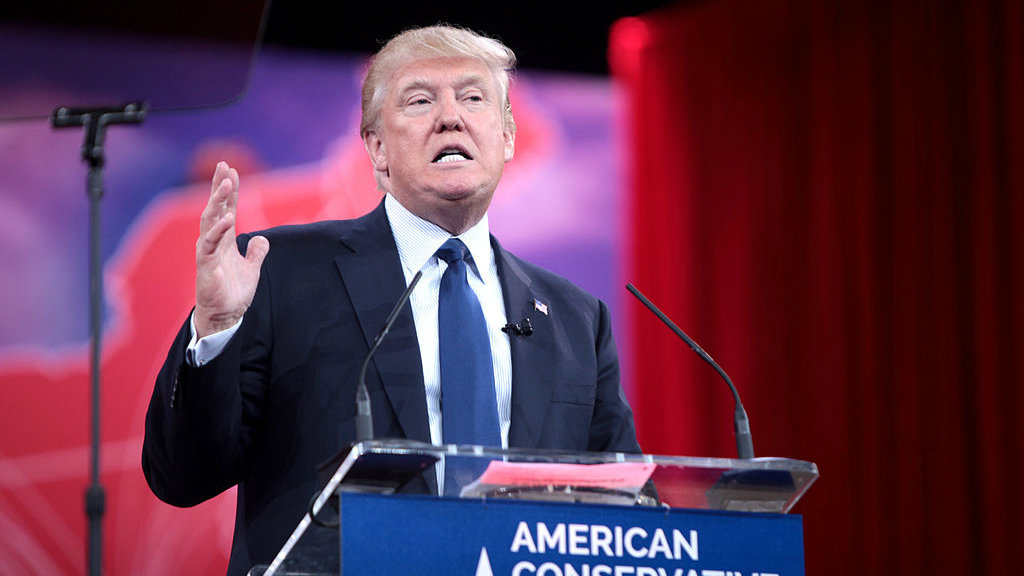President-elect Trump may have lost the popular vote by nearly three million votes and counting, but the New York business tycoon turned president, known for making odd statements, has already rattled some established business norms, which is acting as a catalyst for some areas of the economy.
Here are a couple of the unlikely winners in the upcoming Trump administration.
Uranium providers could see a sharp boost in prices
The uranium market has been stagnant since the 2011 earthquake and tsunami that hit Japan. The Fukushima disaster effectively killed demand for nuclear power overnight, and countries have been slow to act since then. Uranium prices have dropped significantly, leaving uranium miners stuck with a glut of inventory that is decreasing in price and that nobody wants.
Cameco Corporation (TSX:CCO)(NYSE:CCJ) is the world’s largest uranium supplier. It has worked to increase its efficiency, shutter more expensive facilities, and institute cost-cutting measures across the board to weather the current storm.
India and China are two countries undergoing major infrastructure upgrades that require huge amounts of power. Both countries have turned to nuclear power to bridge the gap in their growing economies; aggressive nuclear targets over the next decade have already been set. While this is a potential long-term benefit to Cameco, it could still be several years out.
But another factor could set Cameco up much sooner.
Russian president Vladimir Putin stated to his defence chiefs this month that shoring up the country’s nuclear capabilities would be a key priority in 2017. While the statement was made with respect to Russia’s borders and to neutralize any threat, President-elect Trump countered with a tweet, stating that the U.S. will expand its own nuclear capacity.
Seeing both Russia and the U.S. sabre-rattling over expanding nuclear capabilities could spark another arms race, which–while good for uranium providers such as Cameco–wouldn’t be the best option for the rest of the world.
Aerospace companies with military contracts could see huge shifts
The U.S. worked with a host of countries, including Canada, to develop the next-generation F-35 fighter jet. Costs of the project have soared incredibly in recent years, so many countries are not ordering the jet.
Those cost overruns, largely attributed to the stealth technology on the jets, are rumoured to have surpassed US$379 billion. For Lockheed Martin Corporation (NYSE:LMT), the F-35 program is a significant revenue generator. Last year sales of the F-35 accounted for 20% of the company’s US$46.1 billion in revenue.
Trump met with aerospace executives from both Lockheed and Boeing Co. (NYSE:BA) recently, and Trump invited Boeing to price out a comparable counter to the F-35 based on the F-18 Super Hornet.
While the F-18’s estimated costs are significantly lower, the jet is also from an older generation and lacks the stealth technology that was a key feature of the F-35.
The F-35’s cost overruns are well known and played a role in Canada opting to not go with the fighter; instead, Canada went with a small order of F-18 Super Hornets to bridge the gap temporarily while the country replaces its aging fleet. With the U.S. now open to switching to a different jet as well, this could spell a retreat in pricing for Lockheed and provide a potential boost for Boeing.







